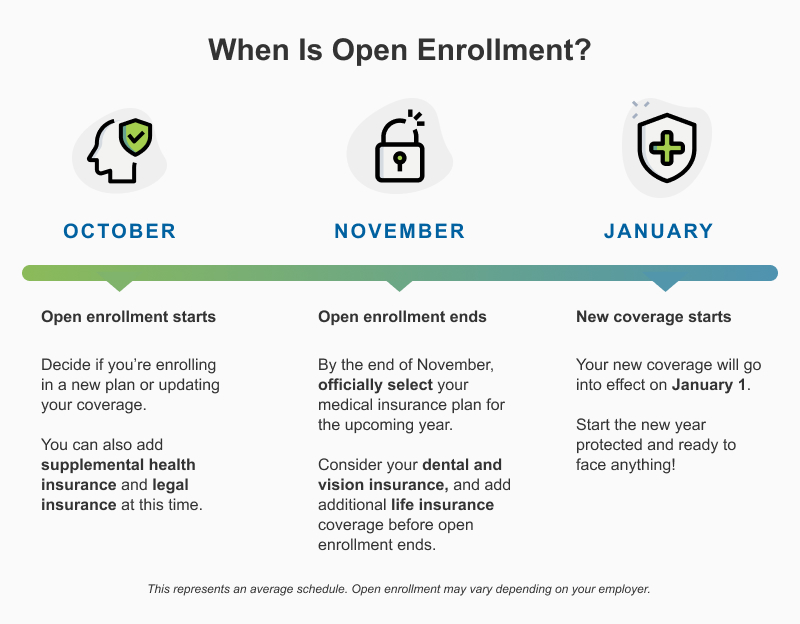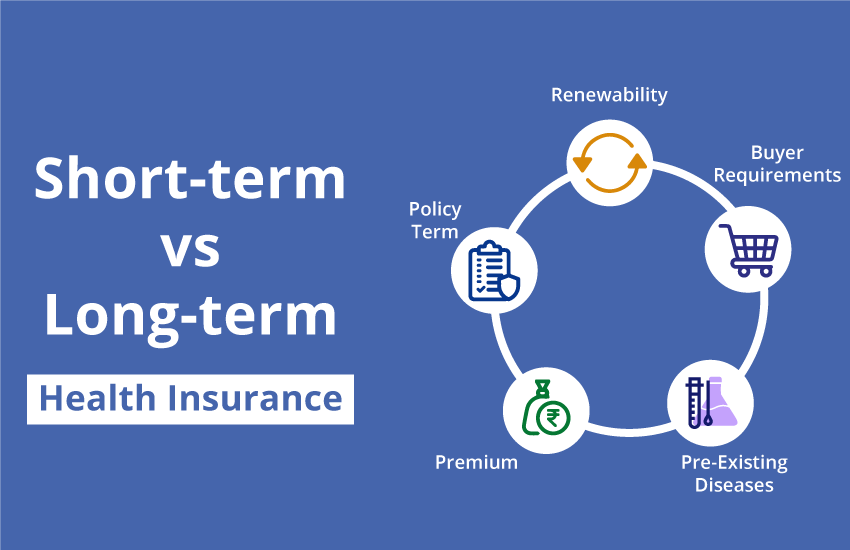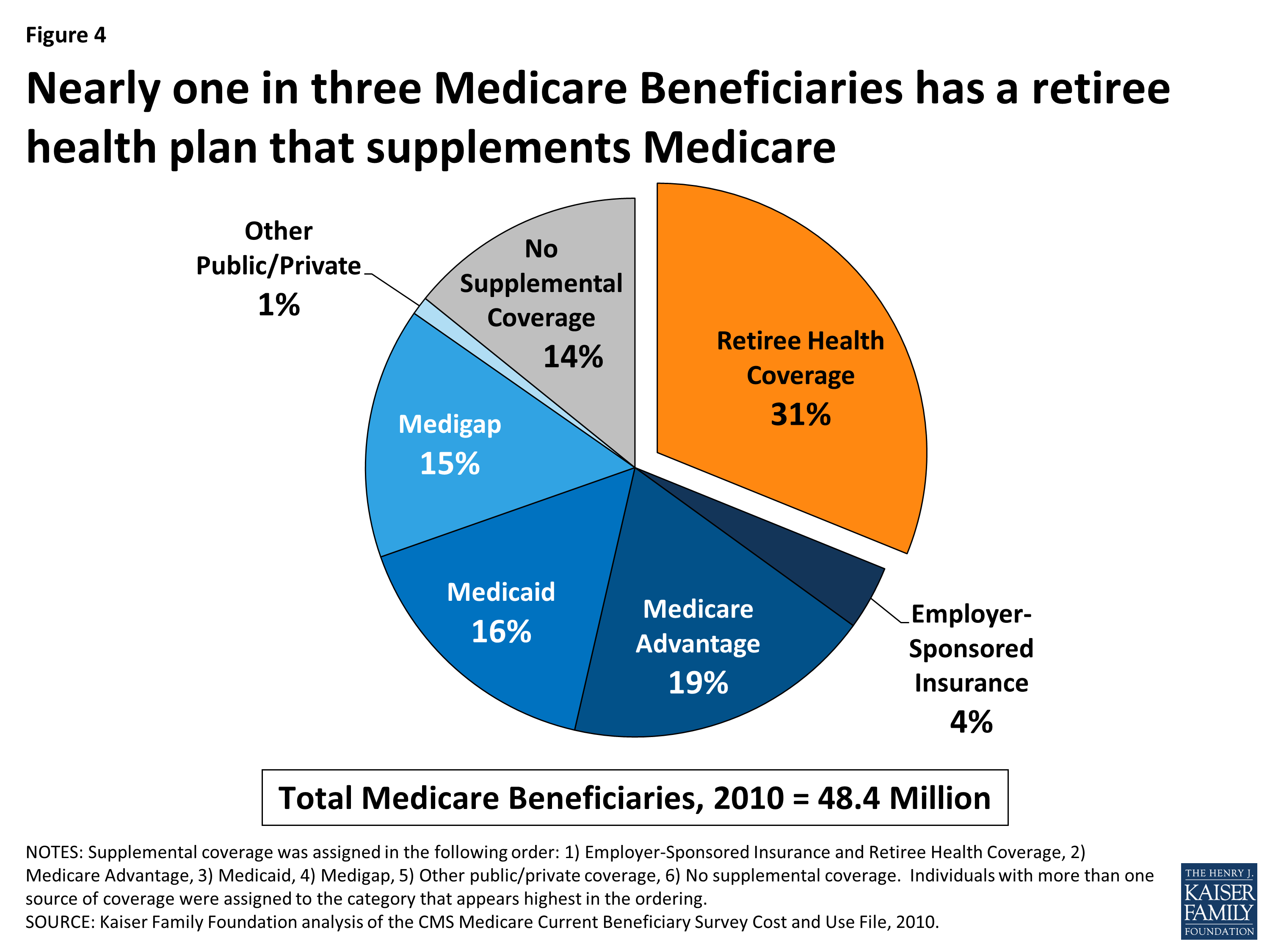Medicare Advantage Agent Fundamentals Explained
Wiki Article
The Ultimate Guide To Medicare Advantage Agent
Table of Contents8 Simple Techniques For Medicare Advantage AgentExcitement About Medicare Advantage AgentMedicare Advantage Agent for Dummies

follows from adheres to the perplexing young age profile of account uninsured with without insurance better healthMuch better on average, of younger persons. For those without access to office health insurance policy, bad wellness is a possible obstacle to buying nongroup coverage since such coverage might be highly priced, exclude pre-existing conditions, or be just inaccessible. Unless otherwise kept in mind, nationwide price quotes of people without health insurance coverage and proportions of the populace with various kinds of coverage are based on the CPS, the most widely utilized source of price quotes of insurance policy coverage and uninsurance prices.

The Of Medicare Advantage Agent
Over a three-year period beginning early in 1993, 72 million individuals, 29 percent of the U.S. populace, were without coverage for at the very least one month. Within a solitary year(1994), 53 million people experienced at the very least a month without coverage(Bennefield, 1998a). 6 out of every ten without insurance adults are themselves used. Functioning does enhance the possibility that one and one's family participants will have insurance, it is not a guarantee. Also participants of households with 2 full time wage earners have almost a one-in-ten chance of being uninsured (9.1 percent without insurance rate)(Hoffman and Pohl, 2000 ). The connection between health and wellness insurance policy and accessibility to care is well established, as documented later on in this phase. Although the relationship between health and wellness insurance and wellness outcomes is neither straight neither basic, an extensive scientific and wellness solutions research literature web links wellness insurance policy coverage to improved access to care, much better quality, and improved personal and populace health and wellness condition. The second report, on individual wellness results for without insurance adults, is stood for by the inner circle of the figure, while the 3rd report, on household wellness, encompasses the topics of the second report yet emphasizes a different unit of evaluation, particularly, the family. The sixth report in the collection will certainly offer information regarding methods and initiatives taken on in your area, statewide, or nationally to deal with the lack of insurance policy and its negative effects. Levels of evaluation for taking a look at the effects of uninsurance. This discussion of health insurance coverage focuses largely on the united state populace under age 65 due to the fact that practically all Americans 65 and older have Medicare or other public coverage.
Additionally, it focuses particularly on those without any kind of health insurance coverage for any kind of size of time. The problems faced by the underinsured remain in some aspects comparable to those faced by the uninsured, although they are typically less serious. Uninsurance and underinsurance, nonetheless, entail noticeably different plan issues, and the techniques for resolving them might differ. Throughout this research study and the five reports to follow, the primary focus gets on individuals without health insurance and hence no aid in spending for wellness treatment beyond what is offered with charity and security net organizations. Health insurance coverage is a powerful variable affecting invoice of care because both people and medical professionals reply to the out-of-pocket cost of solutions. Health and wellness insurance, nevertheless, is neither needed nor enough to acquire access to clinical solutions. The independent and straight impact of health insurance insurance policy on access to health wellness is well establishedDeveloped Others will get the wellness care they need also without health insurance policy, by spending for it out of pocket or seeking it from service providers that provide treatment totally free or at highly subsidized prices. For still others, health and wellness insurance coverage alone does not ensure invoice of care due to other nonfinancial obstacles, such as a lack of wellness care companies in their neighborhood, limited accessibility to transportation, illiteracy, or linguistic and social distinctions. Official study concerning uninsured populations in the United States dates to the late 1920s and early 1930s when the Board on the Price of Treatment produced a series of reports regarding funding doctor office brows through and hospital stays. This concern became significant as the varieties of clinically indigent climbed up throughout the Great Anxiety. Empirical researches regularly sustain the web link in between access to care and improved health outcomes(Bindman et al., 1995; Starfield, 1995 ). Having a normal resource of care can be thought about a predictor of accessibility, instead of a straight procedure of it, when health and wellness results are themselves utilized as accessibility signs. This extension of the notion of gain access to measurement was made by the IOM Board on Monitoring Gain Access To to Personal Healthcare Provider(Millman, 1993, p. Whether parents are guaranteed appears to influence whether Find Out More or not their youngsters get care along with just how much careeven if the kids themselves have coverage(Hanson, 1998). The health of parents can influence their capacity to care for their children and the level of household stress and anxiety. Fretting about their kids's access to care is itself a resource of anxiety for moms and dads. Three phases adhere to in this report. Chapter 2 offers a summary of just how employment-based medical insurance, public programs and private insurance coverage run and interact to give comprehensive but insufficient insurance coverage of the U.S. populace. This consists of an evaluation of historic fads and public laws impacting both public and exclusive insurance, a conversation of the interactions among the various kinds of insurance coverage, and an examination of why people move from one program to an additional or wind up

Report this wiki page